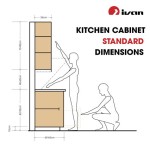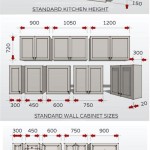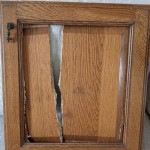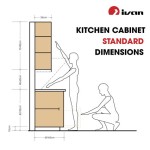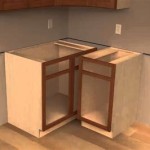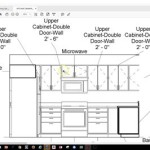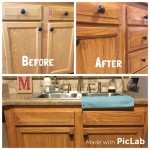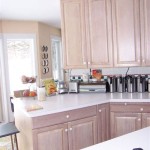How to Lay Laminate Wood Flooring in the Kitchen: Essential Aspects
Understanding the fundamental aspects of laying laminate wood flooring in the kitchen is essential for a successful and durable installation. These aspects, such as proper preparation, underlayment selection, and expansion gap management, play a vital role in the performance and longevity of your new flooring. This article will delve into the core elements of laying laminate wood flooring in the kitchen, providing comprehensive guidance to ensure a flawless outcome. ### 1. Proper Surface Preparation: Thoroughly preparing the subfloor is paramount to ensuring a level and stable base for the laminate flooring. Remove existing flooring, clean the surface, and level any imperfections using self-leveling compound if necessary. Allow the subfloor to dry completely before proceeding. ### 2. Underlayment Selection: Choosing the right underlayment is crucial for cushioning the flooring, reducing noise, and providing thermal insulation. Consider factors such as the thickness, moisture resistance, and sound absorption properties of different underlayments to select the best option for your kitchen environment. ### 3. Expansion Gap Management: Expansion gaps are essential to accommodate the natural expansion and contraction of laminate wood flooring due to temperature and moisture fluctuations. Leave a gap of approximately 3/8 inch around the perimeter of the room and any fixed objects to prevent buckling or warping. ### 4. Baseboard Removal: Remove baseboards and molding prior to flooring installation. This will allow for proper expansion gap installation and ensure a seamless transition between the flooring and walls. Reinstall the baseboards after the flooring has been laid and allowed to settle. ### 5. Planking Pattern Selection: Plank patterns, such as straight, staggered, or herringbone, add visual interest and can enhance the overall aesthetic of your kitchen. Choose a pattern that complements your kitchen's style and consider the size and shape of the room to determine the most suitable layout. ### 6. Locking System Compatibility: Laminate wood flooring planks typically feature interlocking systems that allow them to be easily and securely joined together. Ensure that you select planks with compatible locking systems to prevent gaps, shifting, or buckling. ### 7. Moisture Resistance: Kitchens are inherently prone to moisture from cooking and cleaning. Choose laminate wood flooring with a high moisture resistance rating to withstand occasional spills and prevent water damage.
Pros Cons Of 5 Popular Kitchen Flooring Materials

Laminate Wooden Flooring Installation Tutorial Dspaze

How To Install Laminate Flooring For A Kitchen Mgm Timber

Determining The Direction To Lay Install Hardwood Laminate Or Luxury Vinyl Plank Flooring

Is There A Special Way To Install Laminate Flooring In The Kitchen

Prepare Floor Before Installing Laminate Flooring Parrys

20 Gorgeous Examples Of Wood Laminate Flooring For Your Kitchen White Design Floor Timeless

6 Tips For Installing Laminate Flooring

Working Around Kitchen Appliances Installing Laminate Flooring Vlog 194

13 Ideas For Upgrading Your Kitchen Floors Extra Space Storage
Related Posts

